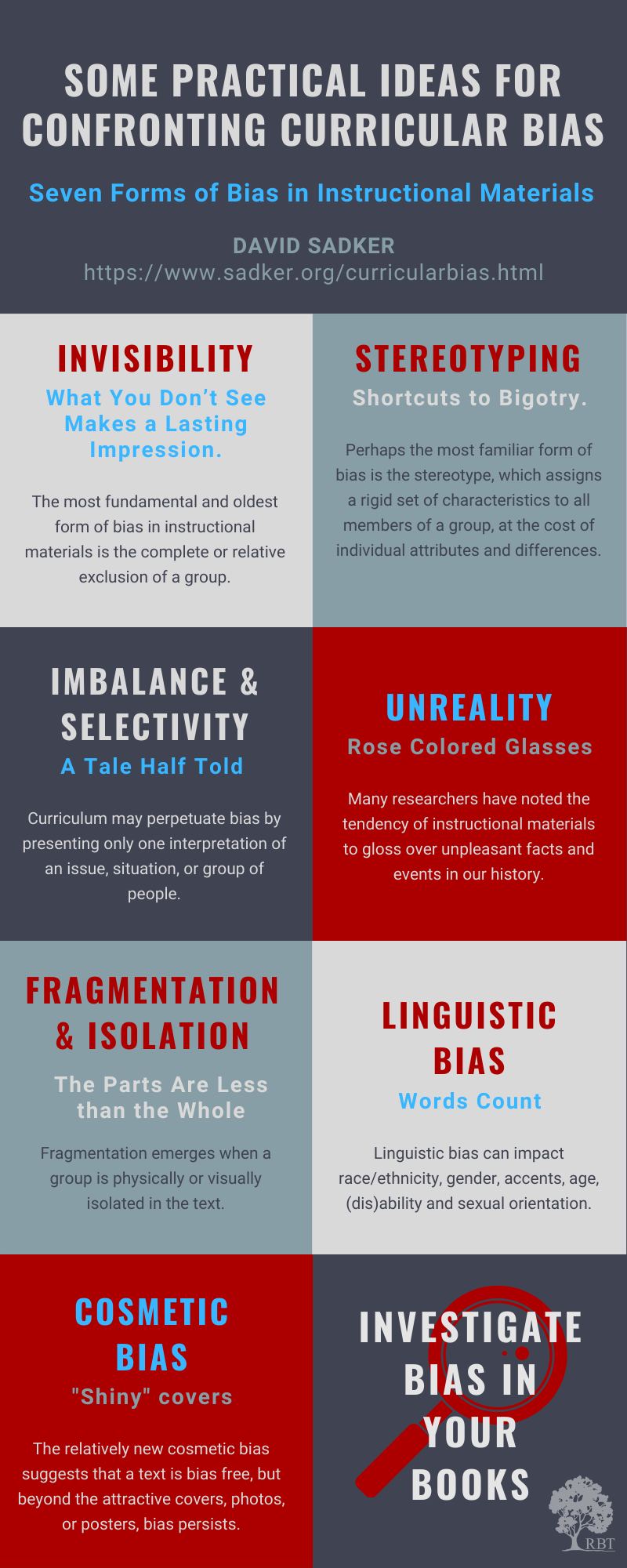Time to Be Tackling Racial Bias in the Classroom
Racism is a social construct that operates as a system of oppression based on race. It operates everywhere, even inside the best intentioned of educators.
Racism is built on stereotypes and expressed in various forms of oppression. It shows up in individuals belonging to marginalized groups as internalized racism, in unaware individuals committing micro-aggressions, and in the implementation of school procedures like student placement into special education, tracking, and unequal application of discipline. Facing all this invites difficult conversations that need to take place in schools across the country.
Racism is certainly a first cousin of cultural blindness and cultural improficiency, but it is profoundly different. Culturally improficiency arises from lack of interest and awareness and respect for other cultures. Racism comes from an ancient tradition of dominance and control.
The presumed inferiority of non-white racial groups shows up in a range of places throughout our history. We can see this bias systemically in unequal distribution of governmental resources to schools even to this day. We see this bias in views of intelligence as innate and fixed. Racism prompts differential teacher behavior.
One consequence of our history of racism is what Claude Steele identified twenty-five years ago as “stereotype threat.” “Stereotype threat” induces an unconscious loss of edge in performance based on racial cues. His 2011 book, Whistling Vivaldi, summarizes his quarter-century of research on this topic in engaging and non-judgmental prose. I recommend it to anyone who wants to broaden understanding of this very important and challenging topic.
As teachers, we deepen our understanding of racism by studying the manifestations of white privilege and racism from the beginning, in the history of our country and other countries. It is, in fact, an often unexamined history, and one whose consequences for people of color can be hard for white Americans to comprehend completely without a conscious effort to learn and talk openly about it.
The quest for racial awareness and anti-racist teaching should propel us to push back on negative stereotypes, to correct distortions, and to remedy omissions in our behavior and curriculum that stem from racism. Most powerfully, it should inspire us to make students of color believers in themselves and their capacity. And it is our job to convince them of that. In the process, we will have to work hard to convince ourselves, since we are all, without exception, tainted by traces of racism.
Recommended Reading:
